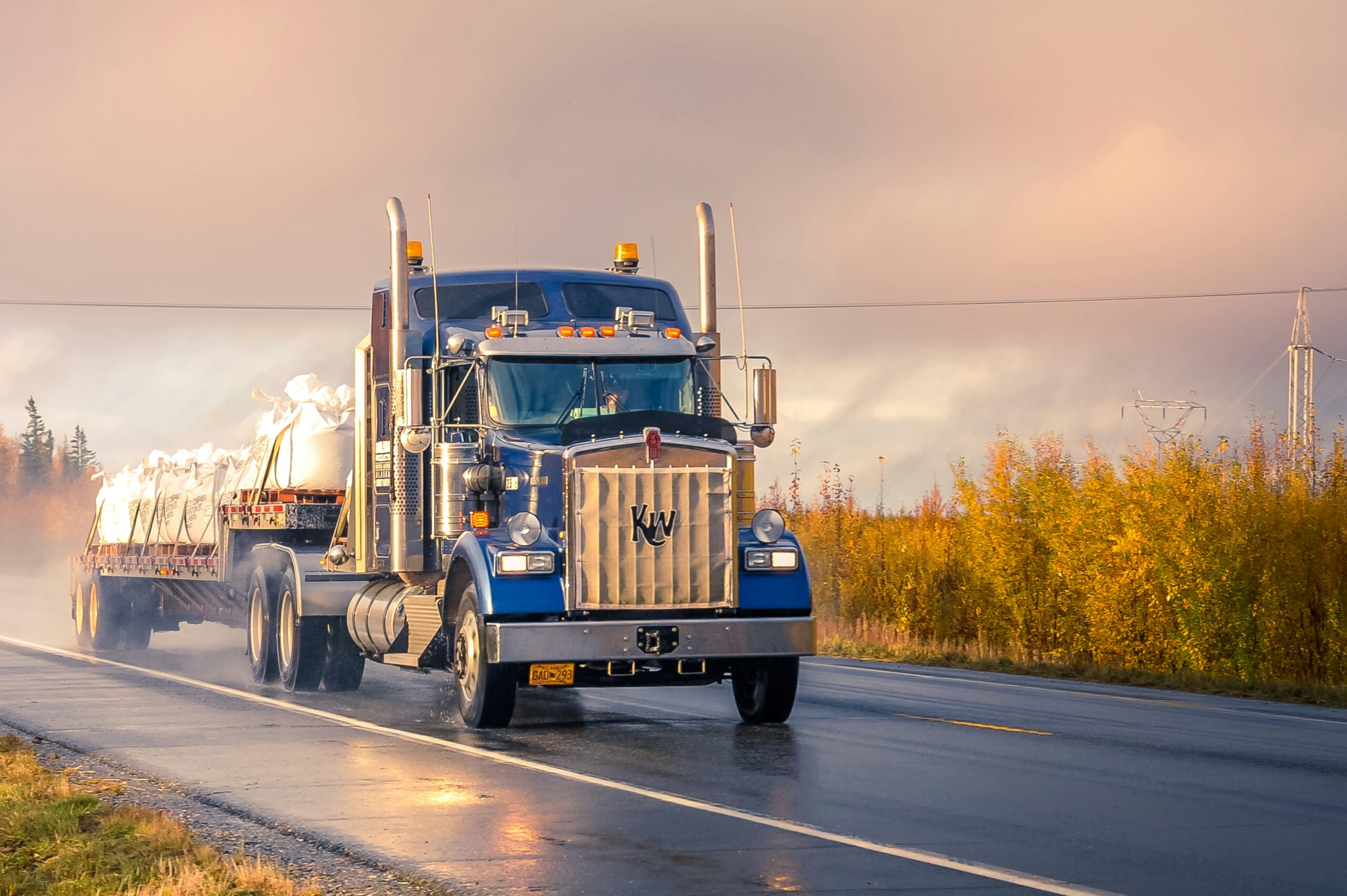When we hear about tariffs, it’s easy to picture distant trade talks and high-stakes negotiations between world leaders. But the reality? The ripple effects of those decisions reach places much closer to home—like right here on Minnesota’s roads, loading docks, and farm fields.
If you’re in the trucking industry—or connected to it in any way—you’ve likely felt some of that impact.
Minnesota’s economy is deeply tied to manufacturing and agriculture. We’re also fortunate to have strong trade ties with Canada and a long-standing tradition of exporting products that people around the world rely on. And to get those goods from Point A to Point B? That’s where our trucking sector comes in.
Let’s take a look at how shifting trade policies—and the tariffs that often come with them—have been showing up in the day-to-day realities of Minnesota’s trucking industry.
Trade Tensions = Fewer Loads
When tariffs go up on exports like soybeans or pork, foreign buyers often pull back. In 2018 and 2019, for example, when China imposed retaliatory tariffs on U.S. agricultural goods, Minnesota farmers took a direct hit. And so did the truckers who haul those products.
Suddenly, there were fewer loads to move. Trucks that once made regular runs to rail yards or processing plants sat idle. Some operators were forced to take lower-paying hauls—or no hauls at all—just to keep the wheels turning.
For small carriers, especially in rural parts of the state, this kind of drop in freight volume is more than just an inconvenience. It can be a serious threat to staying in business.
Tariffs on Equipment: Another Budget Buster
It’s not just freight volumes that are affected. When tariffs are placed on imported steel, aluminum, and rubber, it drives up the cost of trailers, tires, and parts—everything truckers need to stay on the road.
For Minnesota carriers already dealing with brutal winters and rough road conditions, higher maintenance costs are the last thing they need. Fleet upgrades get delayed. Repairs eat deeper into margins. And those unexpected expenses? They pile up fast.
When your operating budget is tight (and whose isn’t?), every extra dollar matters.
Cross-Border Complications with Canada
Minnesota’s northern border means cross-border freight is part of daily life for many carriers. Whether it’s lumber from Ontario or farm machinery heading north, trade with Canada is a vital part of the equation.
But when tariffs get slapped on things like aluminum or steel, that once-predictable flow of goods gets bumpy. Suddenly there are more customs headaches, more paperwork, and more uncertainty about which routes make sense.
If a manufacturer shifts suppliers or reroutes shipments, truckers have to pivot—fast. That kind of disruption doesn’t just change a day’s schedule; it can reshape entire business strategies.
Agriculture Always Feels It First
Ask anyone in trucking: When the ag sector struggles, everyone downstream feels it. Tariffs that reduce exports mean more product stays put. That translates to fewer trips to elevators, terminals, or ports.
When pork exports to China fell off during recent trade tensions, it wasn’t just farmers who felt the loss. The ripple hit everyone—from feed haulers to live-animal transporters to rural repair shops.
It’s a domino effect, and truckers are often caught in the middle.
A Silver Lining? Domestic Manufacturing on the Rise
There is one area where tariffs might bring some upside. If companies move their manufacturing back to the U.S. to avoid high import costs, that could boost freight demand at home.
Minnesota is well-positioned here. We’ve got strong manufacturing centers in the Twin Cities, St. Cloud, and Rochester. If reshoring takes off, it could mean more freight lanes, more jobs, and more local deliveries.
Of course, that doesn’t happen overnight. But for trucking companies planning for the long haul, it’s something to keep an eye on.
Small Operators, Big Pressure
Most trucking outfits in Minnesota aren’t massive national carriers. They’re small businesses—some with just a few trucks—serving local clients and staying close to home.
For those companies, a single tariff-related setback can be the difference between staying in the black or slipping into the red. Add in a rough winter or a blown engine, and things get tight quickly.
Tariffs may not seem like something that would affect the average trucking company, but the reality is that they often do—and in ways that are hard to predict until it’s too late.
Final Thoughts
Tariffs may be crafted with global trade policy in mind, but here in Minnesota, they hit the pavement fast. Our economy depends on the free flow of goods—whether it’s crops to the coast, machinery from Canada, or consumer goods across the Midwest.
For trucking companies, staying competitive means more than just managing fuel prices and driver schedules. It means paying close attention to what’s happening in Washington, Beijing, Ottawa—and figuring out what it means for the road ahead.
The more we understand these policies, the better we can plan, pivot, and keep goods—and businesses—moving forward.

